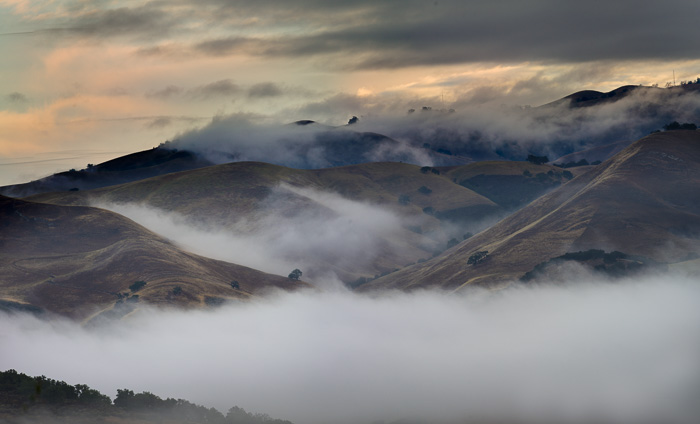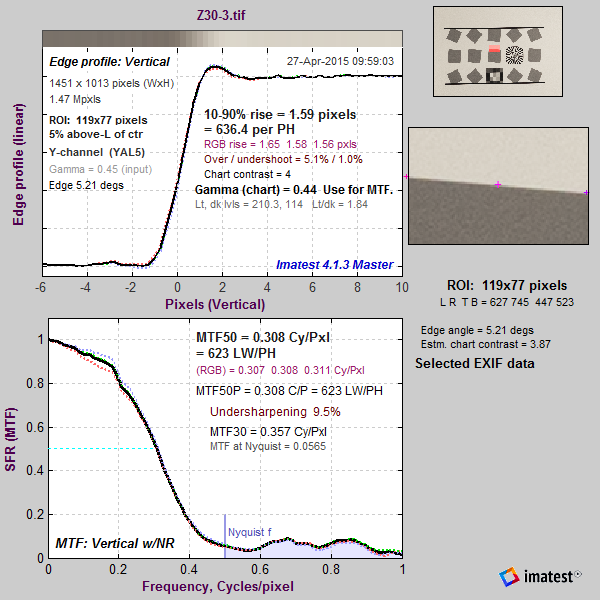I’ve been making images like this lately: This is a 20-image stitch made with a Sony a7II and a Leica 280mm f/4 Apo-Telyt-R. I decided that I wanted to try a zoom lens, so that, when I’m not stitching, I could frame by zooming. Many people say you should “zoom with your feet” but that’s… [Read More]
A book report: LensWork publishing services
This is post eleven in a series about my experiences in publishing a book. The series starts here. I got an interesting email yesterday from LensWork, pointing me at this website: Here are the details. Isn’t that a coincidence! Just at the time when I start working on publishing a book, LensWork gets into that… [Read More]
Flash photography’s pariah status
You talk to many who consider themselves serious photographers – not the commercial ones – and bring up flash photography. The noses turn up. Distain drips from their responses. Using flash is something one might do in private for utilitarian purposes, but it’s not a way to make important photographs. This attitude has percolated from… [Read More]
Synching up
Back in the late 1980s my wife asked me what all those noises that came from a modem at the beginning of an on-line session were. I told her that the modem on her desk was negotiating with the modem at the other end to find out what each was capable of, so that they… [Read More]
Modeling camera motion
I’m going to take a little break from the ongoing monolog about book publishing. I’ve got a lot of work to do deciding which images need intervention in remapping to the GRACoL gamut, and performing that remapping, and describing what I’m doing would not generalize to other people’s book projects, so I won’t be posting… [Read More]
- « Previous Page
- 1
- …
- 191
- 192
- 193
- 194
- 195
- …
- 385
- Next Page »


